ORLANDO, FL. The annual Moroccan Bazaar — known more formally as the PGA Merchandise Show — is about to kick-off its 2020 edition at the Orange County Convention Center. The show is the ultimate intersection where all the items associated with the sport — from hard goods like clubs and balls, apparel and specialty products are on display.
Be sure to visit the NEW Apparel & Accessories section located next to the PGA Show Fashion Stage & Lounge. This curated area features new and up-and-coming apparel and accessories brands. See firsthand where innovation & style meets the hottest fashion trends for 2020 and beyond pic.twitter.com/VysGWqfobt
— PGA Golf Shows (@PGAShow) January 8, 2020
The chief ambassadors for the sport are the PGA golf professionals. These individuals are the ones who see firsthand what is happening each and everyday. They are the ones who constitute the entry point for long time players and those just starting out.
Getting the perspective of different professionals from different types of facilities and from different parts of America provides a clear snapshot on where golf is now – and where the game is likely headed in 2020 and beyond.
The Participants
Greg Bisconti
PGA Head Golf Professional
The Saint Andrew’s Golf Club
Hastings-on-Hudson, New York

Backgrounder —
The 47-year-old has been Head Golf Professional at The Saint Andrew’s Golf Club since 2014. Along the way he has received the 2013 Metropolitan PGA Patriot Award, 2011 Met PGA Assistant of the Year, 2010 Metropolitan PGA President’s Plaque Award for Player Development, and the 2009 Metropolitan PGA Player of the Year award. Bisconti has also competed in three PGA Championships and in 2009, was the low PGA Club Professional in that year’s championship at Hazeltine National Golf Club.
The Bisconti Story —
I was fortunate to grow up in a golfing family in Westchester County, New York, which was my introduction to competitive golf. It fueled my passion for the game and what ultimately became my career. After graduating from St. John’s University in 1994 with a degree in Finance, I had to choose a career path; finance or golf. I made the decision to stay connected to the game that I grew up playing and gave me so many opportunities.
After playing competitively for a couple of years, I began my career in 1997 at Mt. Kisco Country Club in Westchester County, spending two seasons learning the business from the bottom up. In 1999, I was fortunate to secure a position at The Saint Andrew’s Golf Club as an assistant golf professional. I spent 15 years as an assistant at one of the great, historic golf clubs in the country and am now in my 7th season as Head Golf Professional.
***
Give a letter grade assessing the health of the golf industry going into this year’s PGA Merchandise Show in Orlando?
Brady J. Wilson: Solid B to B+. Lots of energy and optimism in the game and in the business.
Eric Eby: B+. In recent years, golf has seen a boost with the resurgence of Tiger Woods as well as some new golfer populations beginning to become engaged. The advent of the PGA Junior League has been huge along with customarily “non-traditional” golf outlets like Topgolf introducing people to the game who otherwise may not have played. Golf as a whole has benefited from these things.
John Farrell: B, but it’s definitely trending in the right direction while showing great opportunity for improvement.
Greg Bisconti: B. I like to be cautiously optimistic, however, the activity and feeling at the PGA Show the last couple of years has been upbeat and positive, signaling an upward trend in the game.
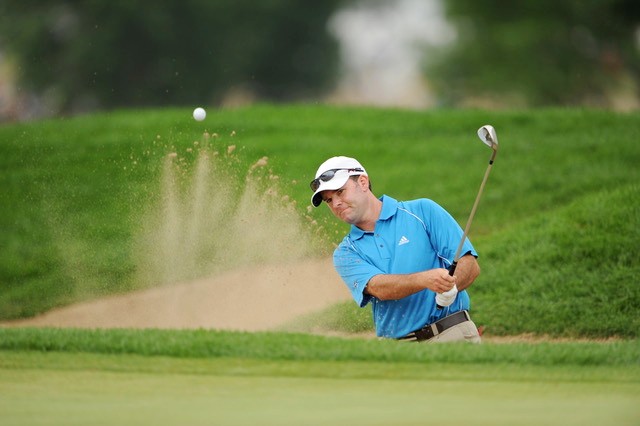
What’s the biggest concern you believe merits serious and immediate attention by the leadership of the PGA of America?
Eric Eby: The PGA of America has done extremely well in revamping its education and specialty certification platforms in recent years to better equip golf professionals and leaders. There are, however, signs of a dwindling talent pool of professionals. Too many young professionals leave our industry to pursue other paths because being a golf professional is and can be a tough career. The PGA of America needs to continue its training and education platforms, but also take steps to help professionals succeed and overcome some of these roadblocks to long-term success.
Greg Bisconti : Aside from any growth-of-the-game initiatives, I would like to see the PGA address membership regarding employment and benefits. There are many more professionals than available jobs as well as serious economic challenges away from the metropolitan regions, forcing professionals to hold multiple jobs to support their families. The process should also be strengthened to maintain the prestige and integrity of becoming a PGA member. In education, I would like to see more focus on teaching/coaching the game as our ability to help golfers improve is a major factor in retaining players.
John Farrell: Barriers to participation. We simply can’t do enough to get new golfers into the game and encourage those who already play to play better and play more.
Brady J. Wilson: On the daily fee side, we are trying so hard to manage profitability by increasing revenues and decreasing expenses, that sometimes the pressure to manage those expenses to a point of sacrificing quality eventually and that can lead to a reduction or lowering of salaries to a point that average salaries for management level positions and associate professionals is causing good golf people to leave our industry and thereby limiting interest from younger demographics. I would like to see the PGA of America do all it can to give all members and associates every opportunity to put them in the best situation to succeed and keep quality people in and coming into our industry.
The Participants
John Farrell
Director of Golf Operations
The Sea Pines Resort
Hilton Head Island, South Carolina
Backgrounder —
The 57-year-old has worked at The Sea Pines Resort for over 30 years, working up to Director of Golf Operations where he overseas Atlantic Dunes, Heron Point, and Harbour Town Golf Links, plus on-course food and beverage and tennis. Farrell has lived on Hilton Head Island since 1989, and worked at Shipyard Golf Club and Oyster Reef before joining Sea Pines.

The Farrell Story —
I grew up across the street from a Donald Ross, turn-of-the-century course, Country Club of Pittsfield, the seventh of nine children. My father loved and respected the game and I never knew any other way. From an early age I wanted to do something in golf and was fortunate to be able to walk across the street to start my career. I worked everywhere on that course—picking balls at the range, in the bag room, the shop—in order to get my practice time.
The assistant pros were incredibly supportive and, with their encouragement, I helped with junior clinics. I played competitive golf in high school and at Springfield College, Springfield, Massachusetts. After all these years, I still love the smell of fresh-cut grass, which takes me back to my happy early memories of learning the game and finding a way to make it my life.
***
When you interact with members and guests at your club what’s the key golf topic generally discussed?
John Farrell: That’s easy: Fun. We tend to forget that what we’re doing is managing people’s leisure time, which should be fun. I can’t stress that enough. For most people, leisure time is as valuable as their money, so we have to make sure that it’s time well spent. That attitude should be everywhere: In the locker room, in all our verbal and non-verbal communication with guests. All business is relationship-driven, and golf is no exception. So, we have to be grateful for our golfers and let them know we care and want them to have fun every time they come to the course.
Brady J. Wilson: Golfers, in general, are going to comment on what is most important to them or what was most impactful on their experience. That being said, we still get our greatest and most heartfelt compliments from guests with regards to our course conditions and service levels.
Greg Bisconti: Most interactions are about how they can improve at the game, equipment to make them better, and general discussions about what is happening in the golf world today.
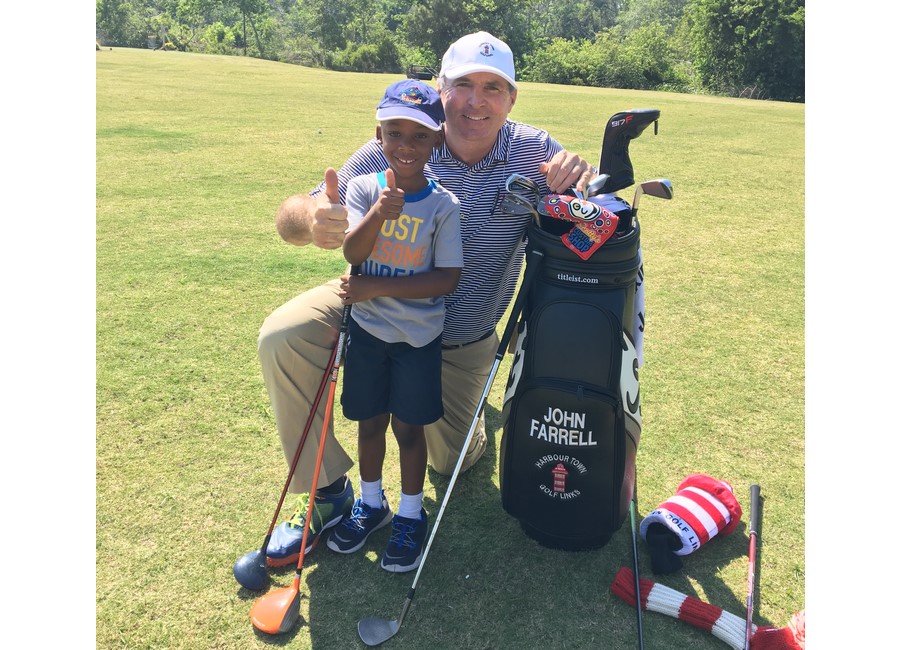
Eric Eby: In most cases, a lot of our conversations focus on their individual golf games or the course. In recent weeks and months, however, a lot of time has been spent on the rule changes and the World Handicap System. Generally speaking, I find most people love to just talk about anything associated with golf.
For whatever reason handicaps at the club level — especially those in the double digit range — have stagnated. It is this group that needs to improve in order to drive more rounds being played. How do you see teaching becoming more meaningful in assisting their efforts?
Greg Bisconti: Proper teaching/coaching is the most obvious way to help players improve. This can be done through the use of technology, motivational support, creating improvement plans for students to follow, goal setting, and many other tools. Most golfers lack structure when it comes to improving, so coordinating with a PGA professional to formulate a plan for improvement is essential.
Eric Eby: Collectively, our job is help create pathways for golfers to engage in learning opportunities at our facilities. It is our responsibility to try to help them discover a path where they can either become more proficient or find a level at which they can become more consistent within their skill set. This will add to their increased enjoyment of the game. That all falls under the bigger umbrella of teaching, which all PGA Professionals should strive to promote at their respective facilities and further position themselves as experts.
John Farrell: It all comes down to what and how you teach. I don’t believe in teaching methods, I believe in teaching students. And that encompasses a lot of different things. Teaching them to practice with purpose. Helping them generate enthusiasm for practice rather than seeing it as an obligation. It goes back to showing them how to make it fun as well as necessary. I also don’t think all teaching has to be technical. If I’m working with a 70-year retiree, I’m probably not going to use video analysis, but instead I’ll work with him on the proper club selection for a green-side shot. I’ll save the video for players aspiring to a higher level. Use the method that works best with each student.
Brady J. Wilson: Golf Instruction from a PGA member or associate golf professional has been, is and will continue to be the best and most important way for amateur players at the club level to improve. You do get out of the game what you put into it, so commitment to practice times and schedules are important for any player to improve.
The Participants
Eric Eby
PGA, Director of Golf
The Reserve Club
Indian Wells, California
Backgrounder —
A Eric Eby is PGA Professional with more than 20 years of experience. The 47-year-old named the new Director of Golf at The Reserve in September 2019. Joined The Reserve from NCR Country Club in Dayton, Ohio, where we served in the same capacity for more than 12 years. Also served as assistant golf professional at Robert Trent Jones Golf Club in Lake Manassas, Va., and Director of Golf / Head Golf Professional at Green Oaks Country Club in Verona, Pa.
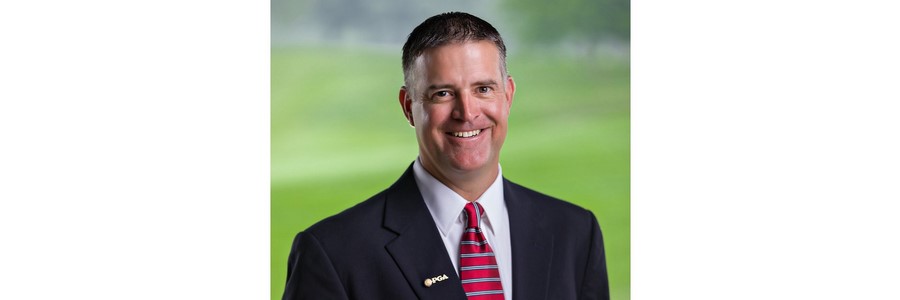
The Eby Story —
Golf has been a part of my life in some form or fashion since very early on in my life. As a young boy, I was introduced to the game by my older brother who was a standout junior and amateur golfer during his teenage and early adult years. Ironically, neither of our parents played golf and so it was mostly the two of us together that have made this journey in golf throughout our lives. Like me, my brother David, is also a PGA Professional and he has helped guide me in my professional life for the last 25 years.
During my high school and college years, golf didn’t really seem to be “on the radar” as a possible career and life journey like it has turned out to be. Despite playing all through high school and some of my college years, it wasn’t until I took my first assistant professional position in Pittsburgh, Pa., when I became focused on this truly becoming my life’s work. The episode that really changed things for me however, was leaving my first head professional position after four seasons and deciding to experiment with a potentially new career. I spent the next three years working as an associate buyer for Dick’s Sporting Goods at corporate headquarters in Pittsburgh.
I had the opportunity to work and remain within the golf industry, purchasing golf merchandise for resale in the national retailer’s 300-plus stores. Before too long, I realized I missed the green grass world. At that point I decided to re-engage myself on my journey as a PGA Professional. At each step in my career, I prepared myself to obtain a position such as at The Reserve. I have been blessed along the way, meeting many quality individuals, both personally and professionally, who have helped to shape me and ultimately the Golf Professional that I have become.
***
If you could change one thing in golf unilaterally — what would it be and why?
Eric Eby: If there were a way to relax some of the equipment guidelines and limitations, you would see another transformation within the game much such as we saw 30-plus years ago with the introduction of metal woods. Obviously, this has an impact on both amateurs and professionals, but it would be interesting to see what new innovations would emerge from some more freedom by manufacturers to help our players. Anything that allows golfers — especially amateurs — to hit the ball further and with more ease and consistency, exponentially increases the enjoyment of the game and would increase the number of rounds played and participation.
Greg Bisconti: Updating the Rules and continuing to relax them for the everyday golfer. At the club level we need to differentiate between our tournaments and growing the game. Most beginners or newcomers to the game have their hands full just trying to hit the ball and simply want to enjoy themselves. We all know how frustrating the game can be and once you layer in all of the Rules it can be both overwhelming and intimidating.
Brady J. Wilson: With all the changes in the last 13 months, it might be worth waiting to see how those all play out first,however , at some point, pace of play has to be addressed at the highest levels before club level players will adjust.
John Farrell: I know I’m sounding like a broken record here but make the game more fun! Probably the most important thing to change for that is to change players’ allegiance to 9 and 18 holes. We need to introduce them to alternative formats, or the idea of playing for a set period of time rather than a number of holes.
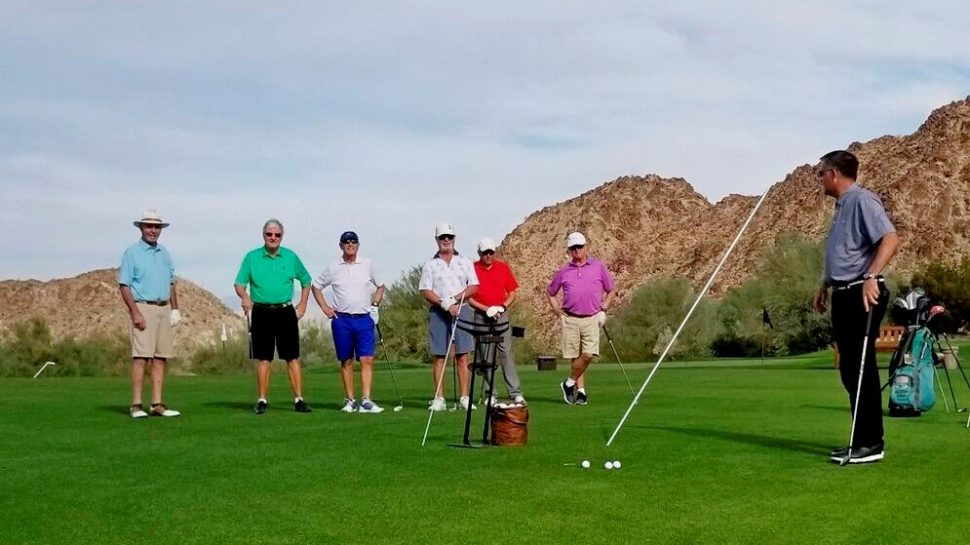
The major golf organizations — USGA, R&A, PGA of America, PGA and LPGA Tours — are all seeking ways to attract Millennials, women and minorities into the sport. What grade would you give the collective efforts and if you were counseling them what would you suggest they be doing in building the ranks of future players?
John Farrell: I am not qualified to pass judgment or give a grade, but I will say this: They’re all trying, coming together and sitting around the same table, negotiating unselfishly, to achieve a common goals to retain and attract new players.
Eric Eby: A solid B. The game changers in recent years have been the addition of the PGA Junior League and Topgolf facilities. These two things have opened doors to new audiences, and industry professionals have taken note. We are finally allowing the newer golfers to change our optics of what “playing golf” or learning the game means. This is very different than a lot of us are used to and it is forcing us to re-think how we approach the game. Golf can no longer afford to keep trying to push the very traditional, “old-school” version of the game on younger players. In most cases, it does not fit their lifestyle. My advice to building the ranks of golfers would be to continue to look at any new and innovative means that introduce golf to people while maximizing fun and removing some of the traditional barriers.
Greg Bisconti: Collectively, a “B”. We have to embrace Millennials by making golf more attractive through the use of emerging technologies and products such as apps that enhance the game, interactive tools such as the Shark Experience, and facilities like TopGolf. These “new” products may not resonate with older and more traditional players but it’s where the world and game are going so it’s time to get on board or get left behind.
In regards to women and minorities, I think organizations such as the LPGA and The First Tee are doing such a great job however it is time for private clubs, public facilities and our associated programming to follow suit. At Saint Andrew’s we have perhaps the most ethnically diverse membership of any club in the world and we do not differentiate between men and women when accessing the course and facilities.
Brady J. Wilson: It’s very different for each of these organizations but I think that anything any of these organizations can do to do to knock down the barriers of golf — price, time, difficulty, pace of play, etc, is helpful.
The Participants
Brady J. Wilson
PGA, General Manager
Ak-Chin Southern Dunes Golf Club
Maricopa, Arizona
Backgrounder —
Brady Wilson has been a member of the PGA of America since 2005 and is a 2019 Horton Smith Award winner for exhibiting commendable additions to the education of PGA Professionals. Throughout his PGA career, he has been honored as the Southern California PGA “Merchandiser of the Year for Public Facilities” in 2009, the Desert Chapter of the Southern California PGA “Golf Professional of the Year in 2010” and the Desert Chapter of the Southern California PGA “Merchandiser of the Year for Public Facilities” in 2008 and 2009. Prior to moving into his current position at Ak-Chin Southern Dunes in Maricopa, Arizona in 2012, the 44-year-old worked at the Warren Golf Course at Notre Dame (Ind.), The Moors Golf Club in Portage, Mich., Escena Golf Club in Cathedral City, Calif., and the Classic Club in Palm Desert, Calif.
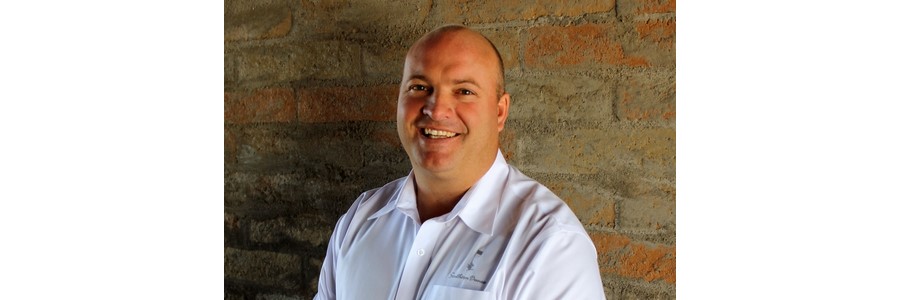
The Wilson Story —
I love sports and knew I would always work in sports. Being in golf is my 2nd favorite career in sports and I love golf with a passion, but I was a college basketball coach for before I ever considered golf as a career or anything more than a summer pastime during a dark recruiting period. I loved everything about coaching college sports.
In the coaching world, much like the golf industry, the mentor you hook your wagon to is very important to your career growth and your career development. As fate would have it for me I had many really great mentors along the way in both coaching and golf, but one really bad one. The toxic nature of a poor leader led me to leave coaching, but opened doors to work with some great golf professionals and mentoring leaders.
From this experience, I promised myself, that no matter what role or career I was in, if I had a chance to set an example, to lead and/or to mentor. I wouldn’t be the easiest to work for, but I would attempt to treat everyone like they were a person and show genuine passion and interest in their career goals and development. I guess at least my two favorite sports have two things in common: Having great relationships with mentors and mentees, and getting the ball in the hole!
***
Time is a major factor often cited by many people when weighing whether to play more or even play at all. What proactive steps do you take at your club efforts to keep the game moving and fun?
Brady J. Wilson: Being a part of Troon Golf, we are a part of Troon Values Your Time, which sets a time PAR for each course we manage. To date, it is the most proactive approach to attempt to communicate pace of play standards to a guest playing our facilities.
Greg Bisconti: At Saint Andrew’s we look at our tournament calendar each off-season to identify events that were successful and those that could be improved. For example, we have shortened multi-day events, shifted two-day events to Friday/Saturday allowing parents to be with their family on Sunday, and re-formatted multiple weekend match play events to season-long events where players can schedule their matches at their leisure under time guidelines set forth by the professional staff.
Additionally, we routinely alter formats allowing for a quality competition but don’t require players “to hole everything out” so the pace of play can keep moving. Themed 9-hole twilight events are extremely popular centered on fun and social engagement.
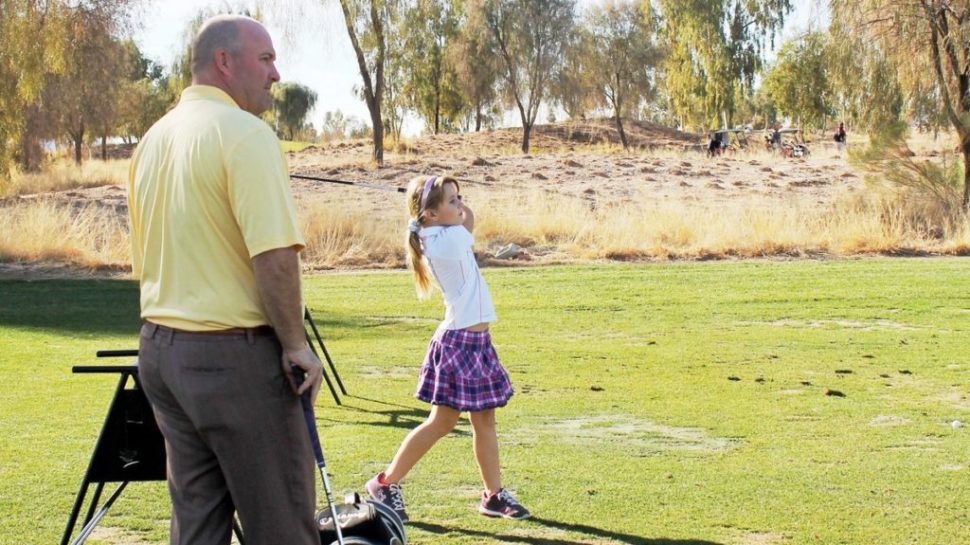
John Farrell: At Harbour Town Golf Links, where caddies are required, we log and track caddies finish times on a daily basis. We incentivize caddies who consistently have good finish times and good reviews from guests by giving them more work, earlier tee times, and include them in the recruitment and training (paid) of new hires. We tell and show we appreciate them, while making them aware faster play has a positive impact on their income.
We also encourage people to play at off times, to play with a pro, and we explain and illustrate to them what are truly the best times to play—a late afternoon round when the course is clear and the sun starts to set is an amazing experience. We all have to start thinking unconventionally regarding time of day, number of holes played, formats, and other factors that not only speed up the pace of play but making the game more fun.
Eric Eby: The new rule changes have been well received by most and have addressed some of the pace-of-play concerns. These changes alone will not solve the issue. In most cases, it still comes down to educating new players and creating a culture of fun and fast play within your respective club environment. It also is critical for golfers to understand that golf doesn’t always have to be an 18-hole round and can be just as satisfying by playing 9 or fewer holes.